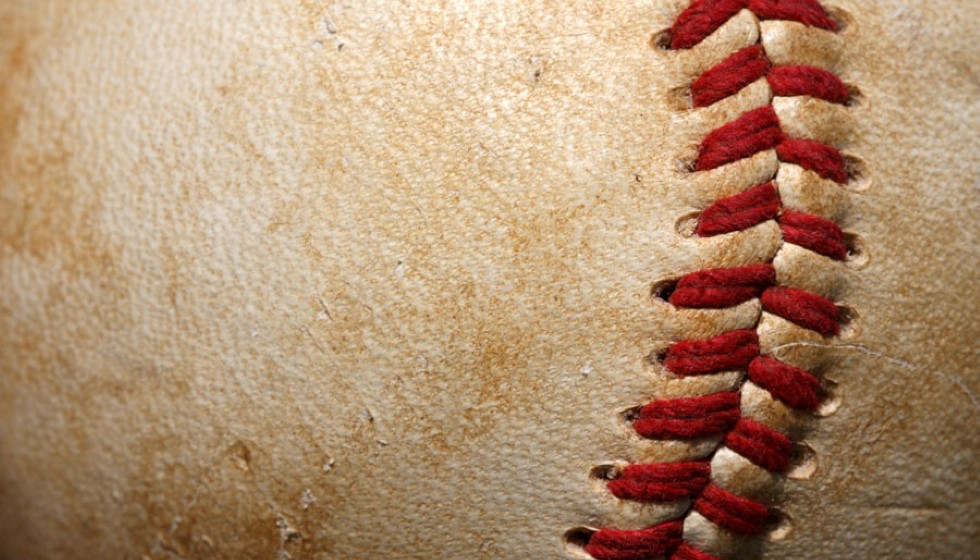
MLB Preparing for the Arrival of Automated Strike Zone System
Major League Baseball is on the brink of a technological revolution with the anticipated integration of the Automated Ball-Strike (ABS) system. Commissioner Rob Manfred has been vocal about the league's ongoing efforts to incorporate this sophisticated technology into the game, suggesting that an integration is not a matter of if, but when.
"One thing we learned with the changes last year is, a little more time is better than not enough time. Just in terms of making sure when you bring something to the big leagues, you've got to make sure you got it right," Manfred emphasized. This cautious approach underscores MLB's commitment to ensuring the ABS system is flawless before its major league debut.
Testing Grounds and Implementation
The ABS system has already been tested in various minor league levels, including Triple-A, where it has undergone extensive trials. Furthermore, rigorous testing is planned for the upcoming spring training sessions. These steps aim to perfect the system before its introduction in the major leagues, potentially as early as the 2025 season.
Manfred acknowledged significant advancements in the technology, stating, "We have made material progress; the technology is good to 100th of an inch; the technology in terms of the path of the ball is pluperfect." This exceptional accuracy promises to enhance the game's fairness and integrity, ensuring each pitch is judged with unprecedented precision.
A New Era with the Challenge System
One of the most intriguing aspects of the ABS integration is the proposed challenge system. This framework would allow each team a limited number of appeals—capped at three per game—to contest pitches using the ABS technology. This system reflects MLB's responsiveness to player feedback and its commitment to maintaining the human element in the game. "We have listened – me, in particular, and I've carried a lot of this water with the owners – to player input on how they want to see it rolled out," Manfred noted, underscoring the collaborative effort behind the implementation.
Insights from the Korean Baseball Organization
While MLB is cautiously advancing with ABS, the Korea Baseball Organization (KBO) offers a glimpse into the future. The KBO has adopted the ABS system this season, which has already shown impactful results. Interestingly, the KBO's On-base Plus Slugging (OPS) saw a rise from .712 last year to .766, suggesting that the ABS system may contribute positively to offensive performance.
Initial Challenges and Adjustments
Experiences from the minor leagues indicate that the introduction of ABS initially resulted in increased strikeout and walk rates. However, these rates stabilized after adjustments were made to the strike zone, highlighting the adaptability of the ABS system. This initial learning curve is a stepping stone towards refining the system for seamless integration at the major league level.
Several current major league players have already encountered the ABS system during their minor league stints or rehab assignments, providing them a preview of what could soon become a norm in MLB. This familiarity will be advantageous as the league looks to transition into this new technological era.
A Measured Approach
With all these factors in play, MLB is taking a measured approach to the ABS system's rollout. The overarching goal is to get it right the first time. The rigorous testing, player input, and incremental implementation reflect the league's dedication to enhancing the game while preserving its essence.
As MLB edges closer to this significant technological advancement, the anticipation among players, teams, and fans alike continues to build. The Automated Ball-Strike system represents a modern evolution in baseball, promising a future where every pitch is met with utmost accuracy and fairness.